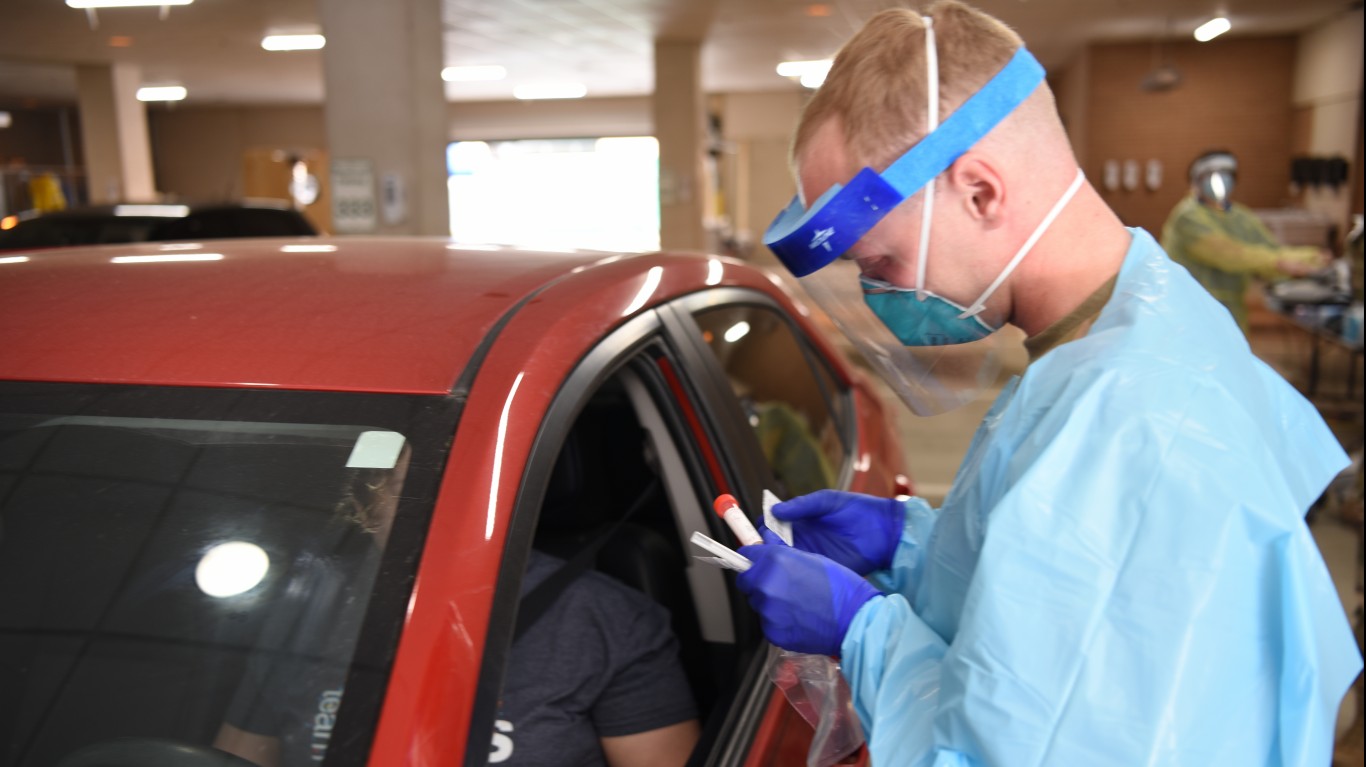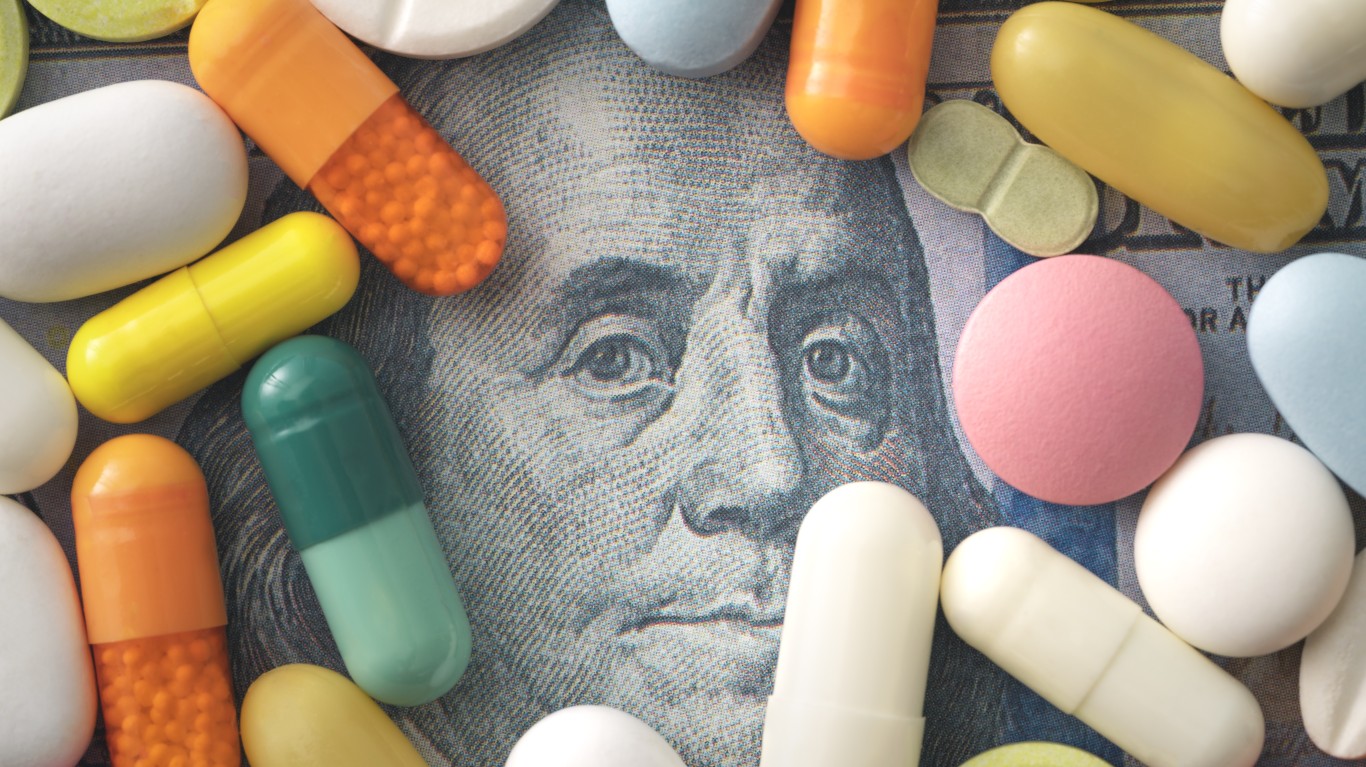
Vaccination rates have risen quickly in the last three weeks. The Biden Administration says it will have enough vaccine for all Americans by May 1 and is running ahead of that timetable. At this point, 23% of Americans have received at least one dose and 13% have been fully vaccinated. Nationwide, 154,199,235 doses have been delivered and 118,313,818 shots have been given.
Partially due to the growth in vaccination levels, COVID-19 daily confirmed cases across the U.S. have begun to slow, but it remains a tremendous danger. The daily growth of confirmed cases has slowed to under 100,000 from an amount much more than twice that three short months ago. New fatal cases per day now run as low as 1,000, which is much as three quarters lower than the peak. Nevertheless, there have been 29,905,513 confirmed cases so far in America, which is about 25% of the world’s total. Fatal cases in the U.S. are 545,131, about 20% of the global number.
There are two challenges to further slowing the spread of the disease. The first is variants, some of which may spread faster than the version which infected most people from last January until recently. The CDC tracks three of these for the public–the B.1.1.7, the B.1.351, and the P.1 variant. There are variants in all 50 states, and epidemiologists believe that there are many more than these three. And, public health offices believe that as many as 30% of new cases in the U.S. are from the B.1.1.7 variant.
The other challenge is the opening up of parts of the U.S. Texas, the second largest state by population is a case in point. The governor has dropped the state’s mask mandate, and allowed a renewal of social gatherings, and opened businesses. Public health officials worry this may cause a fourth wave of the disease. As a matter of fact, daily confirmed case rates and daily fatal cases have started to rise again in some states and counties.
Much of the reported data about COVID-19 covers raw numbers–deaths, recoveries, hospitalizations, and confirmed cases. However, these figures do not allow people to compare places with very different population sizes. The solution is to report numbers on a per 100,000 person basis.
Currently, America’s worst hotspot based on The New York Times analysis of “Counties with the highest number of recent cases per resident” is Lyon County, Kentucky. Its average cases per 100,000 over the last seven days is 542, well more than three times that of any other county in America.
Lyon County has 8,210 residents. Just below 90% of the population is White. Its median household income at $52,528 is well below the national average. Its poverty rate of 14.5% is well above the national figure.
Lyon County is in the western part of Kentucky, southeast of Paducah.
Another county will take the position of America’s hotspot. That has happened many times as the spread of the disease has risen and then fallen from place to place. Almost certainly, however, the COVID-19 scar will linger in Lyon County for a very long time.
Click here to read This is the City in Every State With the Most COVID-19 Cases
Get Ready To Retire (Sponsored)
Start by taking a quick retirement quiz from SmartAsset that will match you with up to 3 financial advisors that serve your area and beyond in 5 minutes, or less.
Each advisor has been vetted by SmartAsset and is held to a fiduciary standard to act in your best interests.
Here’s how it works:
1. Answer SmartAsset advisor match quiz
2. Review your pre-screened matches at your leisure. Check out the advisors’ profiles.
3. Speak with advisors at no cost to you. Have an introductory call on the phone or introduction in person and choose whom to work with in the future
Thank you for reading! Have some feedback for us?
Contact the 24/7 Wall St. editorial team.



